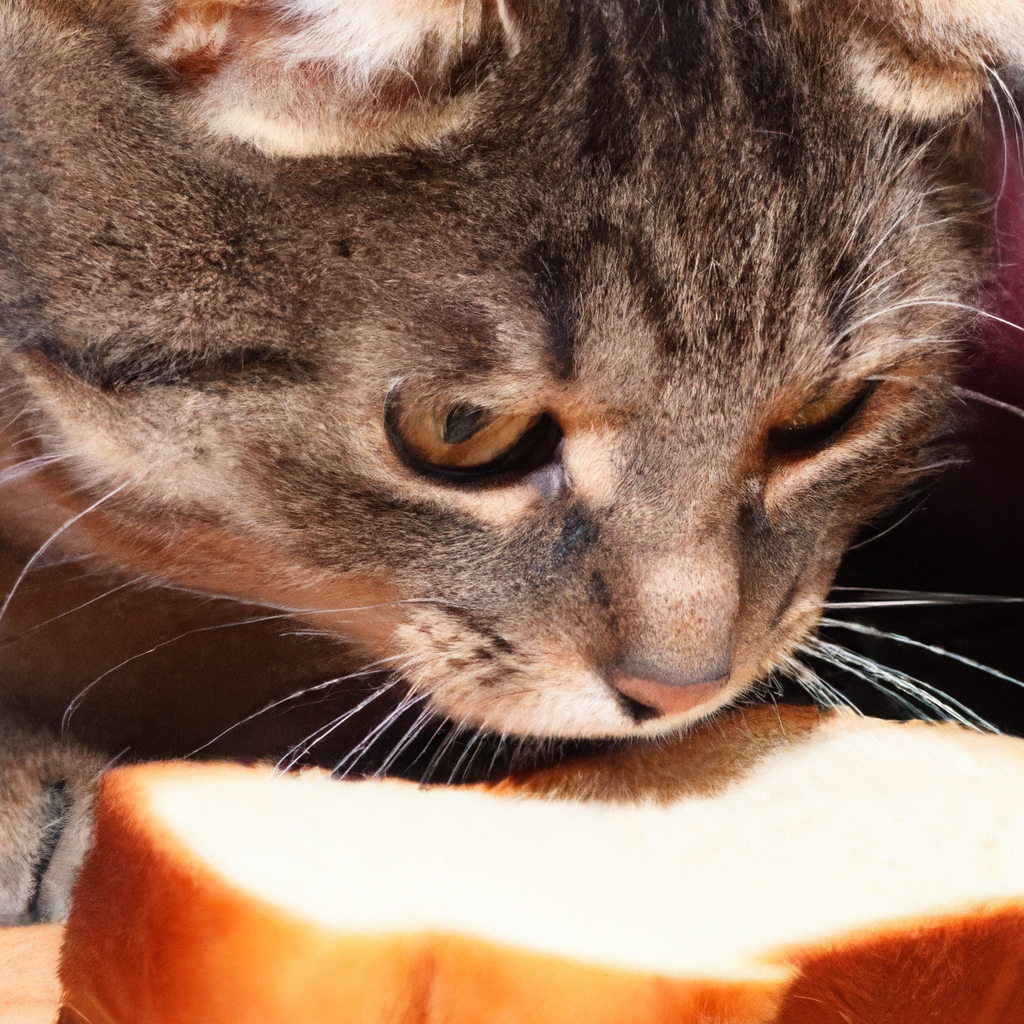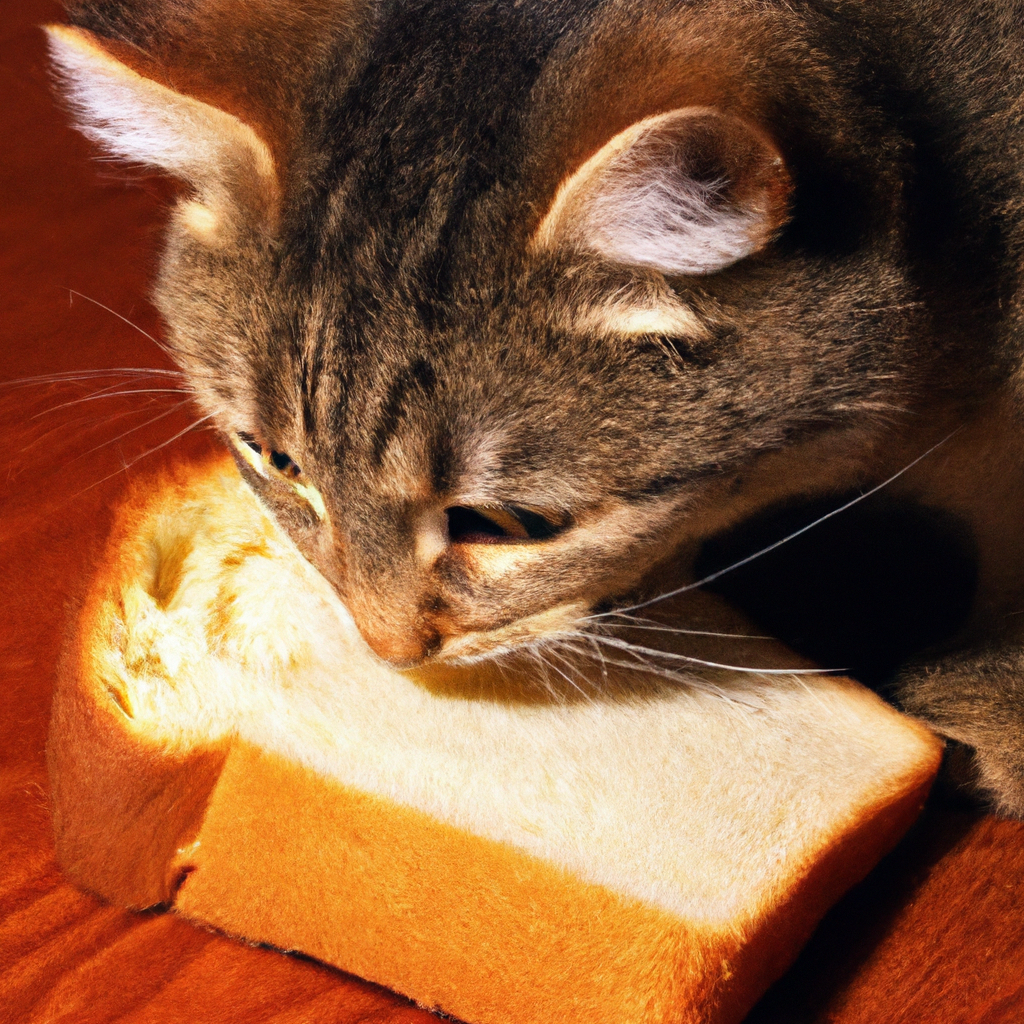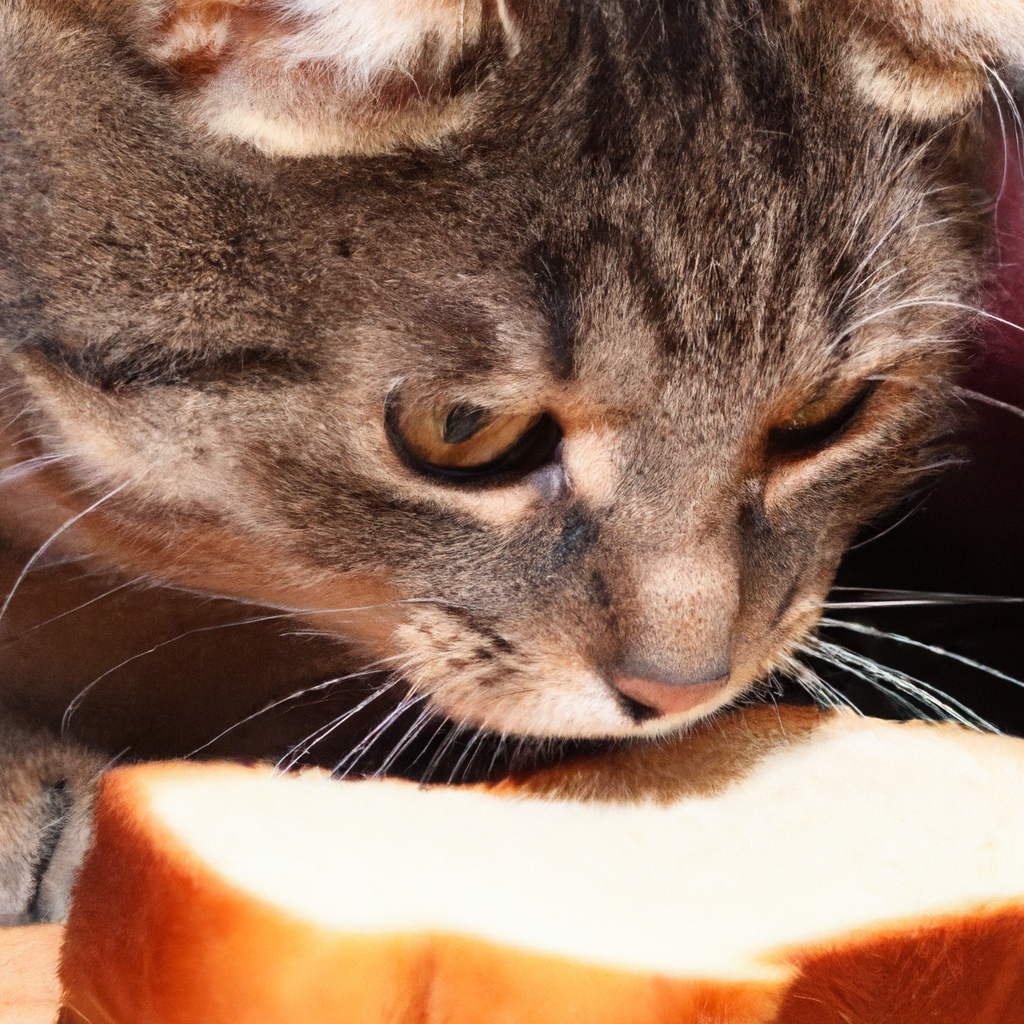So you’ve probably wondered at one point or another, can cats eat bread? Well, the answer may surprise you. While cats are primarily carnivores, meaning their diet consists mainly of meat, they can safely nibble on small amounts of bread every now and then. However, it’s crucial to take certain factors into consideration, such as the type of bread, the ingredients used, and the quantity. This article aims to explore the ins and outs of feeding bread to cats, providing you with all the information you need to keep your feline friend happy and healthy.
Can Cats Eat Bread?


Overview of the topic
When it comes to our feline friends, it is essential to pay attention to what they eat to ensure their overall health and well-being. One common question that often arises among cat owners is whether cats can eat bread. In this article, we will delve into the topic of cats and bread, exploring its nutritional content, potential risks associated with feeding bread to cats, digestive issues that may arise, allergic reactions, safe types of bread, moderation in consumption, alternatives to bread, and the importance of understanding individual dietary needs.
Nutritional content of bread
Bread primarily consists of carbohydrates, which serve as a source of energy. It also contains small amounts of protein and fat. However, it is important to note that bread lacks several essential nutrients that cats require for their overall health. Unlike humans, cats are obligate carnivores, meaning they primarily thrive on a diet rich in animal-based proteins and fats. Therefore, although bread may provide some energy, it does not fulfill their nutritional needs adequately.
Potential risks of feeding bread to cats
Feeding cats bread can pose potential risks to their health. One of the main concerns is the lack of essential nutrients in bread. Cats require a balanced diet that includes specific amino acids, vitamins, and minerals found in animal-based proteins. Feeding bread as a significant part of their diet can potentially lead to deficiencies in these crucial nutrients.
Another risk associated with feeding bread to cats is the potential for obesity and weight gain. Bread is relatively high in calories and carbohydrates, which can contribute to excessive weight gain in cats. Excessive weight can lead to various health issues, including diabetes, joint problems, and cardiovascular problems.
Furthermore, bread consumption can result in gastrointestinal blockage in cats. The gluten and high-carbohydrate content in bread can cause digestive issues, leading to discomfort and potential blockages in their gastrointestinal tract. This can be especially problematic for cats with sensitive stomachs.
Additionally, bread can contribute to dehydration in cats. Many commercial bread varieties contain high levels of salt, which can lead to increased thirst and subsequent dehydration if consumed in large quantities.
Lastly, bread is considered an empty calorie source for cats. Given that it lacks essential nutrients, feeding bread as a significant part of their diet can lead to an imbalance in their overall nutritional intake and potentially contribute to malnutrition over time.


Digestive issues caused by bread consumption
Cats have a unique digestive system that is designed to process primarily animal-based proteins and fats. Feeding them bread can lead to various digestive issues. One such issue is the lack of digestive enzymes needed to break down the carbohydrates present in bread. Cats naturally produce fewer enzymes to break down carbohydrates, making it difficult for them to efficiently process bread.
Furthermore, some cats may have gluten intolerance. Gluten is a protein found in wheat and other grains commonly used in bread. If cats are unable to tolerate gluten, consumption of bread can result in stomach discomfort, diarrhea, vomiting, or even allergic reactions.
Additionally, the high carbohydrate content in bread can cause digestive disturbances in cats. Cats are not adapted to handle large amounts of carbohydrates, and excessive consumption can lead to digestive upset, including diarrhea and bloating.
It is important to note that individual cats may have different sensitivities and reactions to bread consumption. Observing their reactions closely is crucial in determining the suitability of bread in their diet.
Allergic reactions in cats
Certain cats may exhibit allergic reactions when they consume bread. Wheat allergies are relatively common among cats, and bread, being made primarily from wheat, can trigger allergic responses. Symptoms of allergic reactions can include itching, skin irritations, sneezing, coughing, and even respiratory issues. If you suspect your cat has an allergy to bread or any other food, it is important to consult a veterinarian for proper diagnosis and appropriate treatment.
In addition to wheat allergies, bread may also contain other allergens that can affect cats. For instance, bread may contain ingredients like eggs or dairy, which can also trigger allergic reactions in some cats. It is important to carefully read the ingredients list or consult with a veterinarian to identify any potential allergens in specific bread varieties.
Types of bread that are safe for cats
While the risks and potential issues surrounding feeding bread to cats are significant, there are some types of bread that can be considered safe for occasional consumption. Whole grain bread, without any added seasonings or spices, can be a better option compared to highly processed breads. Such bread varieties may contain more fiber and may be easier for cats to digest.
Alternatively, there are bread options specifically formulated for cats available in the market. These breads often have added nutrients and are tailored to meet the specific dietary needs of cats. If considering feeding bread to your cat, it is essential to opt for these specialized varieties and ensure they are consumed in moderation.
Moderation in bread consumption for cats
If you choose to give your cat bread as an occasional treat, it is crucial to exercise moderation. Portion control is important to prevent excessive calorie intake, weight gain, and digestive disturbances. Limiting bread treats to small amounts and offering them infrequently can help minimize risks associated with bread consumption.
It is also recommended to balance bread treats with other foods that are nutritionally more appropriate for cats. Offering a variety of high-quality, animal-based proteins, such as lean meats or specially formulated cat food, can help maintain a balanced diet for your feline friend.
Consulting with a veterinarian is imperative when determining the appropriate amount and frequency of bread treats for your cat, as individual dietary needs may vary based on factors such as age, weight, and overall health condition.
Alternatives to bread for cats
Considering the potential risks and limited nutritional value of bread for cats, it is advisable to explore healthier alternatives for treating or rewarding your feline companion. Healthy cat treats that are specifically formulated to meet their dietary needs can be a better option. These treats often contain animal-based proteins and are fortified with essential nutrients.
Another alternative is to include more foods high in animal protein in your cat’s diet. Providing lean meats, such as cooked chicken or fish, can satisfy their natural need for animal protein and offer essential nutrients in a more suitable form.
Supplementing your cat’s diet with wet cat food is also beneficial. Wet cat food generally has a higher moisture content, which aids in hydration and digestion. It is important to choose high-quality wet food that provides essential nutrients and aligns with your cat’s specific dietary requirements.
Introducing new food to cats
When introducing any new food or treat to your cat, it is essential to do so gradually. Cats can be sensitive to sudden dietary changes, and a sudden introduction of bread or any other food can lead to digestive upset. Start by offering small portions of bread as a treat and monitor your cat’s reaction closely. If any adverse effects are observed, it is best to discontinue feeding bread and consult with a veterinarian.
Conclusion
In conclusion, while cats may show curiosity towards bread, it is not nutritionally suitable to be a significant part of their diet. Bread lacks essential nutrients, poses potential risks, and can lead to digestive issues and allergic reactions in cats. However, in moderation and with the right choice of bread, occasional treats may be safe. It is important to prioritize a balanced diet consisting primarily of animal-based proteins and consult with a veterinarian to ensure your cat’s individual dietary needs are met. Remember, understanding your cat’s specific requirements and providing appropriate nutrition is crucial for their overall health and well-being.

